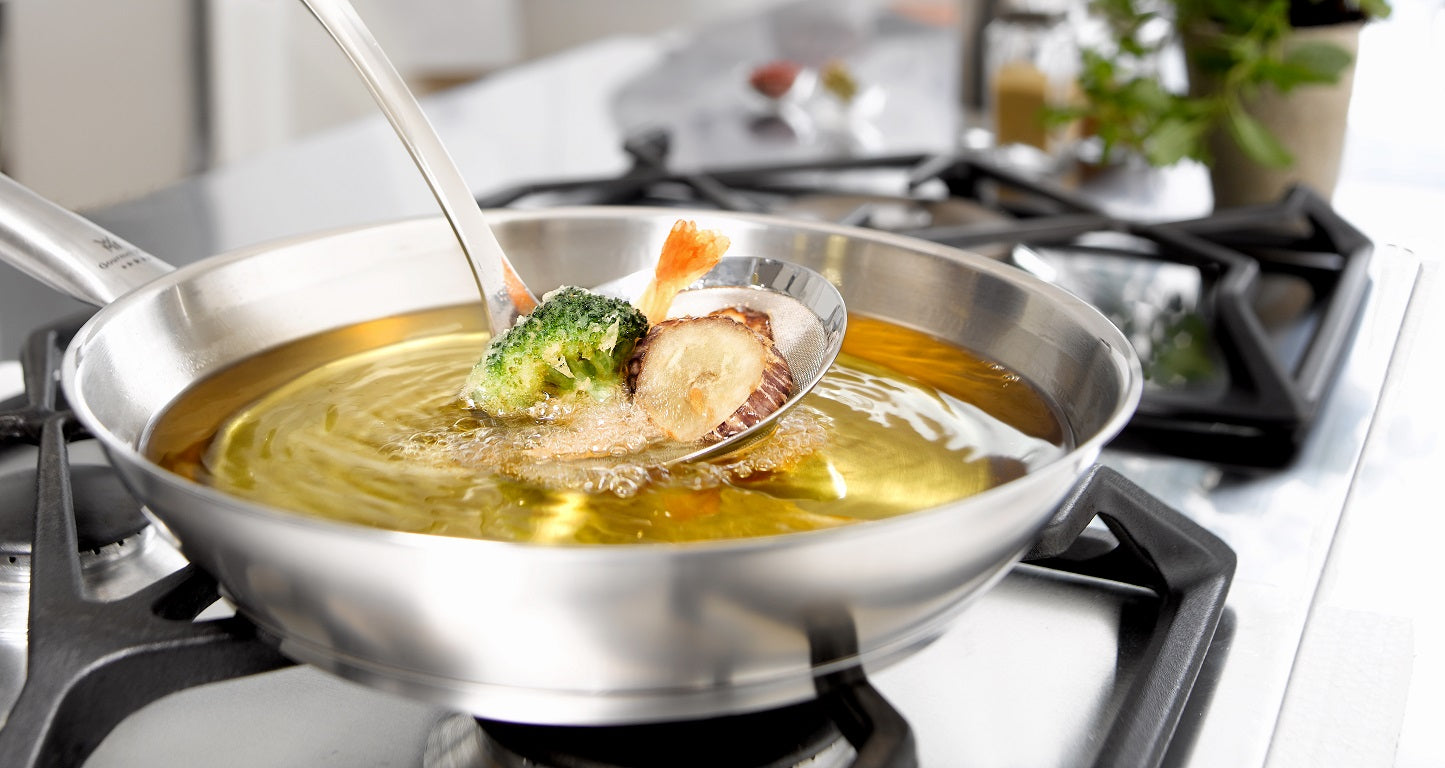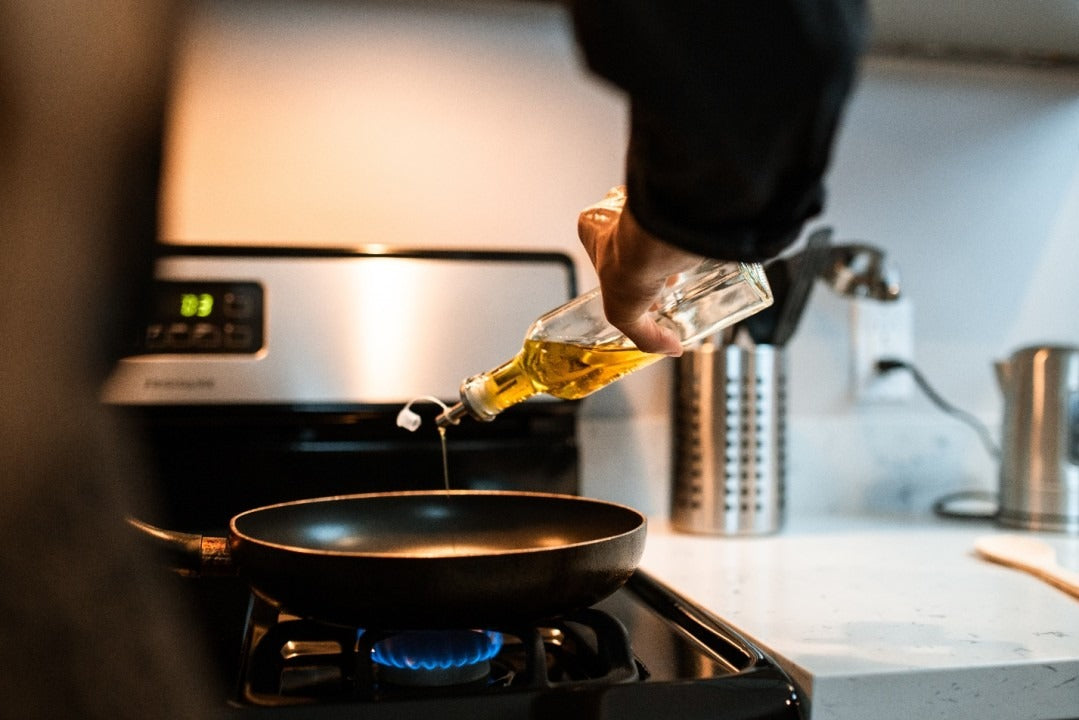Keeping your kitchen spotless is a daily effort, but nothing says clean quite like a sparkling stainless steel sink. However, maintaining the pristine condition of your stainless steel sink often feels like an uphill battle. But don't worrythis guide on how to clean a stainless steel kitchen sink will walk you through every step to keep your kitchen sink gleaming.

The Importance of Regular Cleaning
Stainless steel sinks are popular for their durability and sleek appearance. However, they can easily show water spots, fingerprints, and other unsightly marks. Regular cleaning not only keeps your sink looking good but also maintains its functionality over time. Given that your stainless steel sink is one of the most-used fixtures in your kitchen, it deserves proper care and attention.
What Happens If You Neglect Regular Cleaning?
Ignoring regular cleaning can lead to the build-up of grime, hard water stains, and even potential rust. Over time, these elements can compromise the integrity of the sink, reducing its lifespan. Thankfully, knowing how to clean a stainless steel kitchen sink effectively can help you avoid these issues.

Materials Needed to Clean Your Stainless Steel Sink
Before diving into the cleaning process, gather all necessary materials. Heres a list of items you'll need:
- Baking soda
- White vinegar
- Dish soap
- Olive oil or baby oil
- Microfiber cloth
- Soft sponge
- Soft-bristle brush
- Lemon (optional, for extra shine)
These materials are easy to find and highly effective in cleaning and maintaining the shine of your stainless steel sink.
Step-by-Step Guide: How to Clean a Stainless Steel Kitchen Sink
1. Remove Debris
First, make sure your sink is free from dishes, leftovers, and other debris. This initial step allows you to clean effectively, without obstacles.
2. Rinse the Sink
Use warm water to rinse out the sink thoroughly. This helps to wash away any loose dirt and start the cleaning process on a clean slate.
3. Apply Dish Soap
Add a few drops of dish soap to a soft sponge. Gently scrub the entire sink surface in circular motions. Dish soap is excellent for breaking down grease and grime.
4. Create a Baking Soda Paste
Mix some baking soda with water to form a paste. Apply this paste to stubborn spots and let it sit for a few minutes. Baking soda acts as a mild abrasive that can tackle stains without scratching the sink's surface.
5. Scrub Gently
Using the soft-bristle brush or sponge, scrub the areas with the baking soda paste. Focus on areas with more grime or stains. The abrasive nature of the baking soda helps in removing even the toughest spots.
6. Rinse
Rinse the baking soda and soap residue off with warm water. Ensure all cleaning agents are thoroughly washed away to avoid any water spots or streaks.
7. Clean with Vinegar
Spray white vinegar all over the sink. Vinegar helps in disinfecting the sink and removing alkaline deposits. Let it sit for a few minutes before rinsing it thoroughly with warm water.
8. Dry the Sink
Use a microfiber cloth to dry the sink. Drying prevents water spots and keeps the sink looking shiny and clean.
9. Polish with Olive Oil
Add a small amount of olive oil or baby oil to a clean cloth. Buff the sink in the direction of the grain. This step adds a touch of shine and forms a protective layer against future stains.
For an advanced shine, you can also use a slice of lemon to wipe down the sink, followed by a final polish with the microfiber cloth.

Additional Tips for Maintaining Your Stainless Steel Sink
Avoid Harsh Cleaners
Use mild cleaners instead of harsh chemicals or abrasive scrubbers that can damage the sink's surface.
Rinse After Use
Make it a habit to rinse and dry the sink after every use. This simple practice goes a long way in preventing water spots and stains.
Watch Out for Corrosive Materials
Avoid leaving metallic utensils, cast iron pans, or chemicals like bleach in the sink for prolonged periods. These can cause rust and discoloration.
Regular Polishing
Regularly polish the sink with household oils to maintain its shine and protect it from future stains and scratches.
Common Mistakes to Avoid
While the steps above are great for maintaining your sink, there are common mistakes you should avoid:
Using Steel Wool
Steel wool can scratch the surface of your stainless steel sink. Opt for a soft sponge or brush instead.
Skipping Drying
Always dry your sink after cleaning to avoid water spots and streaks.
Neglecting Regular Cleaning
Inconsistent cleaning can lead to the build-up of grime, stains, and even rust over time.
FAQs About Cleaning Stainless Steel Sinks
Whats the best natural cleaner for a stainless steel sink?
Baking soda mixed with water to form a paste is excellent for natural and effective cleaning. White vinegar is also great for disinfecting and removing water spots.
Can I use bleach on a stainless steel sink?
Although bleach can disinfect, its too harsh for stainless steel and can cause damage. It is best to avoid using bleach and opt for milder cleaning agents.
How often should I clean my stainless steel sink?
Its recommended to do a light cleaning after each use and a more thorough cleaning once a week. Regular cleaning ensures your sink stays spotless and functional for a long time.
For more tips on maintaining household fixtures, you can visit HGTV.
For a comprehensive step-by-step guide, check out this guide.
As an Amazon Associate, I earn from qualifying purchases.






Leave a comment
This site is protected by hCaptcha and the hCaptcha Privacy Policy and Terms of Service apply.